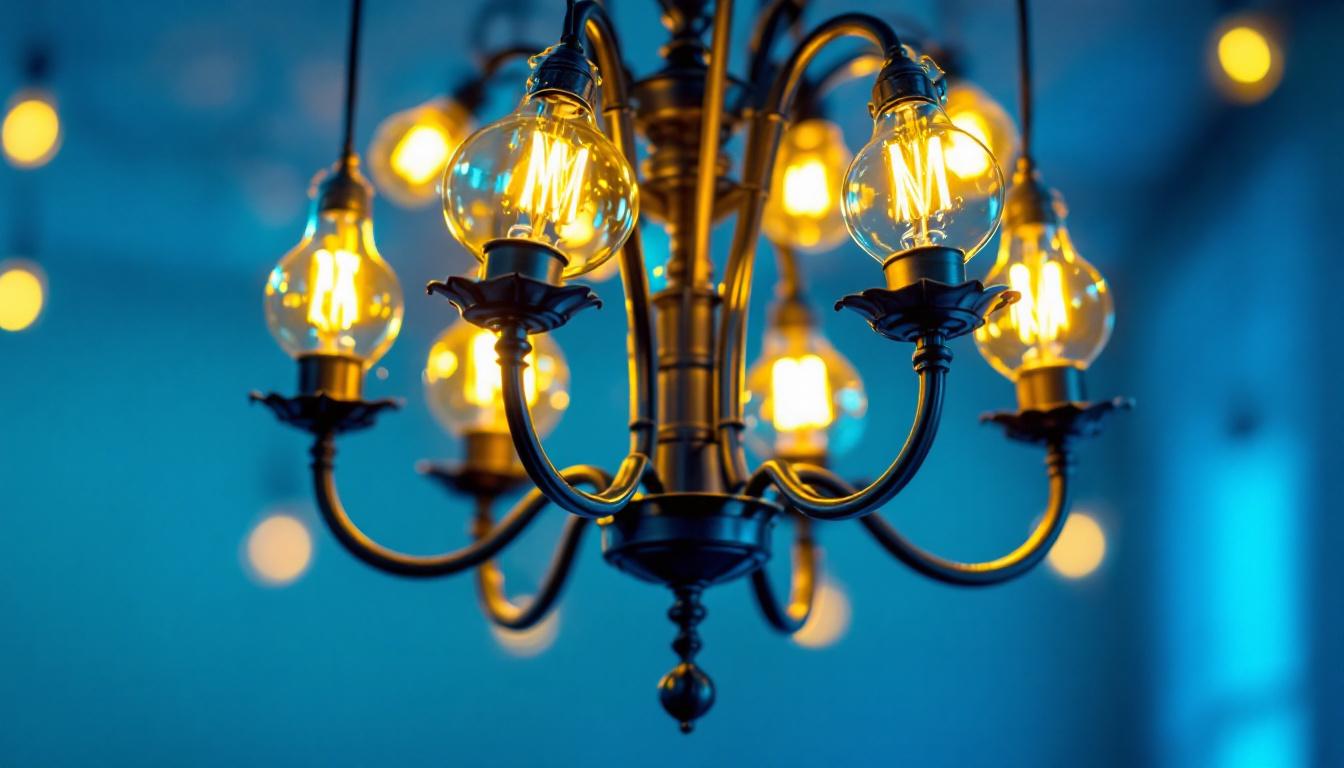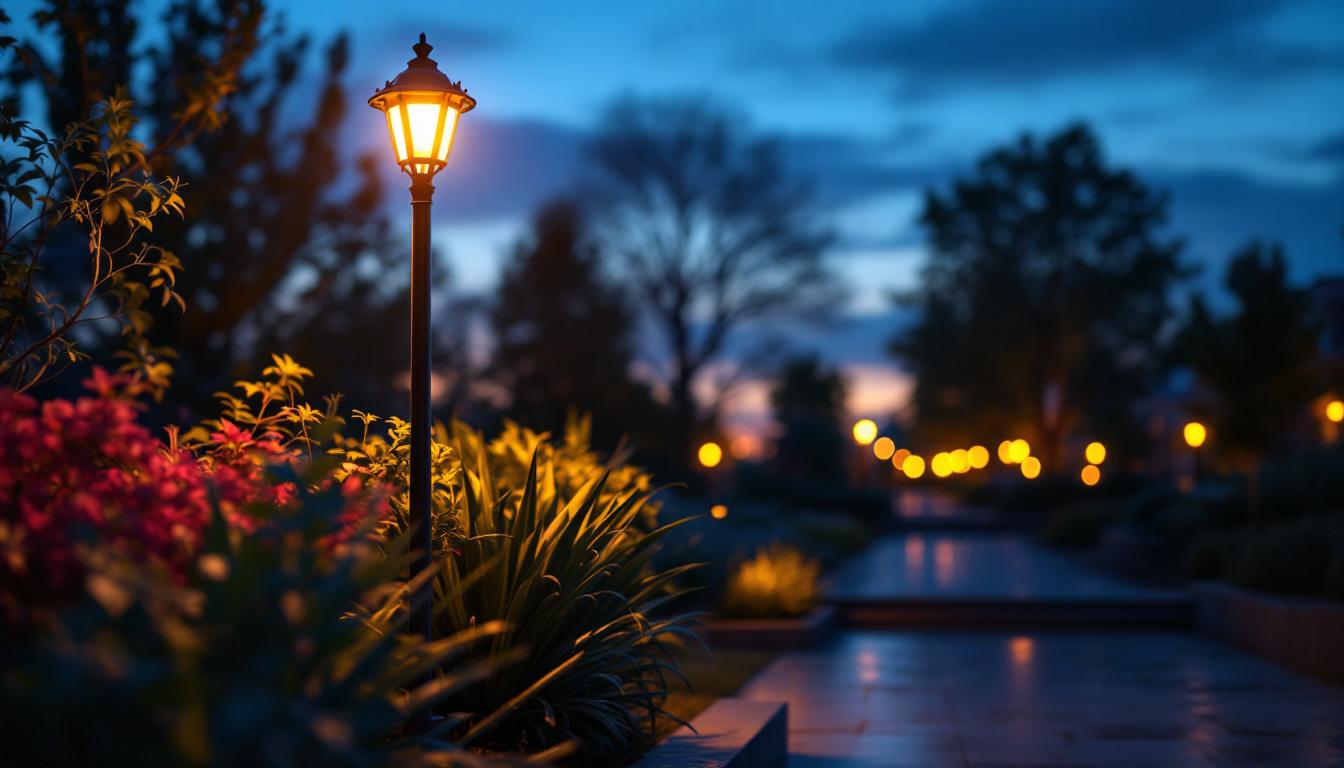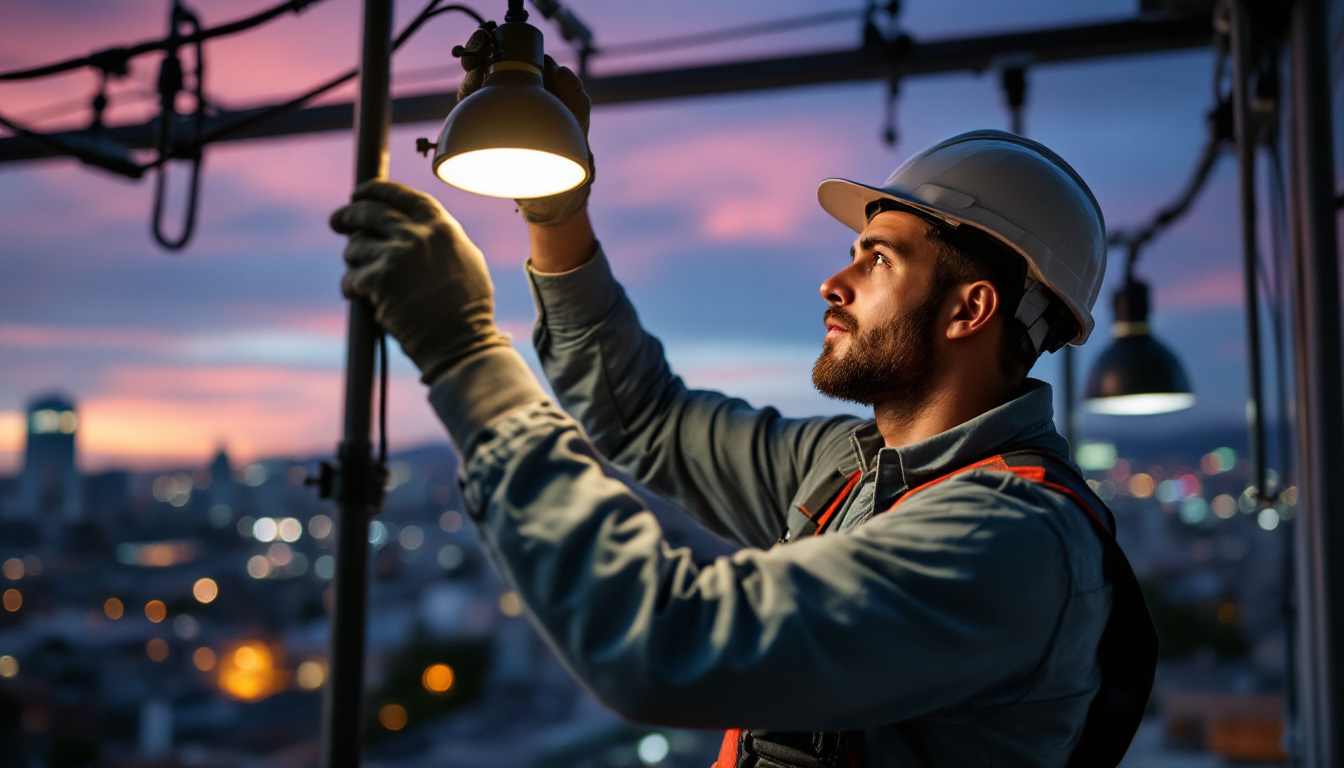
Lighting contractors play a crucial role in the design and installation of decorative lighting solutions, particularly when it comes to chandeliers. Decorative light bulbs not only enhance the aesthetic appeal of a space but also serve functional purposes. However, navigating the compliance landscape for these bulbs can be complex. This article delves into what lighting contractors need to know about decorative light bulbs for chandeliers, focusing on compliance, regulations, and best practices.
Decorative light bulbs come in various shapes, sizes, and technologies. They are often designed to be visually appealing while providing illumination. Common types include LED, incandescent, and halogen bulbs, each with its unique characteristics and compliance requirements. The aesthetic aspect of these bulbs often plays a significant role in interior design, as they can serve as statement pieces that enhance the overall ambiance of a space.
When selecting decorative light bulbs for chandeliers, it is essential to understand the different types available. LED bulbs are increasingly popular due to their energy efficiency and long lifespan. They can be found in a variety of styles, such as vintage Edison bulbs that mimic the look of traditional incandescent bulbs while offering modern efficiency. Incandescent bulbs, while traditional, are less energy-efficient and are being phased out in many regions, leading to a resurgence in the popularity of alternative options. Halogen bulbs offer a brighter light and are often used in high-end fixtures, providing a crisp, white light that enhances the colors in a room.
Each type of bulb has its own compliance standards. For instance, LED bulbs must meet specific energy efficiency guidelines, while incandescent bulbs may be subject to restrictions depending on local regulations. Understanding these distinctions is crucial for lighting contractors to ensure compliance and provide clients with the best options. Additionally, decorative bulbs can vary in color temperature, which affects the mood of a room; warmer tones create a cozy atmosphere, while cooler tones can make spaces feel more vibrant and energetic.
Energy efficiency is a significant factor in the selection of decorative light bulbs. Many regions have implemented energy efficiency standards that dictate the minimum performance levels for light bulbs. The Energy Star program, for example, certifies bulbs that meet strict energy efficiency criteria, making them a preferred choice for environmentally conscious consumers. These standards not only help reduce energy consumption but also lower electricity bills, making them an attractive option for both residential and commercial applications.
Lighting contractors should familiarize themselves with these standards, as they can impact product availability and client preferences. Offering Energy Star-certified bulbs can also enhance a contractor’s reputation as a knowledgeable and responsible professional. Moreover, as technology continues to advance, new innovations in decorative lighting, such as smart bulbs that can be controlled via smartphone apps, are becoming increasingly popular. These smart bulbs not only offer energy savings but also allow users to customize their lighting experience, adding another layer of appeal to decorative lighting solutions.
Compliance regulations for decorative light bulbs vary by region and can be influenced by local building codes, energy efficiency mandates, and safety standards. Understanding these regulations is essential for lighting contractors to avoid potential penalties and ensure the safety of their installations.
Local building codes often dictate the types of lighting that can be used in specific applications. These codes are designed to ensure safety and efficiency in electrical installations. Contractors must be aware of these codes when selecting decorative light bulbs for chandeliers, as non-compliance can lead to costly rework and safety hazards.
It is advisable for contractors to consult local building authorities or resources to stay updated on any changes to these codes. This proactive approach can help avoid compliance issues and ensure that all installations meet the required standards. Additionally, some municipalities may have specific requirements regarding the wattage or type of bulb used in certain settings, such as residential versus commercial spaces. Understanding these distinctions can further aid contractors in making informed decisions that align with local regulations.
In addition to building codes, safety standards play a crucial role in the compliance landscape for decorative light bulbs. Organizations such as Underwriters Laboratories (UL) and the International Electrotechnical Commission (IEC) establish safety guidelines for lighting products. These standards ensure that bulbs are safe for use and do not pose electrical hazards.
Contractors should prioritize the use of bulbs that have been tested and certified by recognized safety organizations. This not only enhances the safety of the installation but also provides peace of mind to clients, knowing that their lighting fixtures are compliant with industry standards. Furthermore, understanding the differences between various certifications can be beneficial; for instance, some bulbs may be rated for outdoor use while others are strictly for indoor applications. This knowledge can help contractors select the most appropriate products for their specific projects, thereby enhancing both functionality and safety.
Moreover, it is essential for contractors to stay informed about emerging technologies and trends in the lighting industry, such as LED advancements and smart lighting solutions. These innovations often come with their own set of compliance requirements and safety standards. By keeping abreast of these developments, contractors can not only ensure compliance but also offer clients the latest in energy-efficient and safe lighting options, ultimately contributing to more sustainable practices in the industry.
Choosing the right decorative light bulb for chandeliers involves more than just aesthetics. Contractors must consider factors such as energy efficiency, compliance with regulations, and the specific needs of the client.
Understanding the client’s preferences is essential when selecting decorative light bulbs. Some clients may prioritize energy efficiency, while others may focus on the aesthetic appeal of the bulb. Conducting a thorough consultation can help contractors identify the client’s needs and recommend suitable options.
Additionally, contractors should educate clients about the benefits and limitations of different bulb types. For example, while LED bulbs are energy-efficient, some clients may prefer the warm glow of incandescent bulbs for their chandeliers. Providing clients with a range of options allows them to make informed decisions that align with their preferences.
Another critical consideration when choosing decorative light bulbs is compatibility with existing fixtures. Chandeliers come in various designs and styles, and not all bulbs will fit every fixture. Contractors must ensure that the selected bulbs are compatible in terms of size, wattage, and socket type.
Moreover, some chandeliers may require dimmable bulbs to achieve the desired lighting effect. Contractors should verify that the chosen bulbs are compatible with dimmer switches and provide the necessary functionality for the client’s needs.
Proper installation of decorative light bulbs is vital to ensure their longevity and performance. Lighting contractors should adhere to best practices to guarantee that installations are safe, compliant, and aesthetically pleasing.
When installing decorative light bulbs, contractors should handle them with care to avoid damage. Many decorative bulbs, especially those with intricate designs, can be fragile. Using appropriate tools and techniques can minimize the risk of breakage during installation.
Furthermore, contractors should follow manufacturer guidelines for installation to ensure compliance with safety standards. This includes adhering to recommended wattage limits and ensuring that fixtures are properly wired to handle the load of the bulbs being installed.
After installation, testing the functionality of decorative light bulbs is essential. Contractors should verify that all bulbs are working correctly and that the lighting effect meets the client’s expectations. This step not only ensures client satisfaction but also provides an opportunity to address any potential issues before the project is completed.
Implementing a quality assurance process can help contractors maintain high standards in their work. This may involve conducting regular checks on installed lighting systems and staying informed about any product recalls or safety alerts related to decorative light bulbs.
The lighting industry is constantly evolving, with new technologies and trends emerging regularly. Lighting contractors must stay informed about these developments to provide the best solutions to their clients.
One of the most significant trends in the lighting industry is the shift toward smart lighting solutions. Smart bulbs offer features such as remote control, scheduling, and color temperature adjustment, providing clients with greater flexibility and control over their lighting environments.
Contractors should educate themselves about smart lighting technologies and how they can be integrated into decorative fixtures. This knowledge can enhance a contractor’s service offerings and attract clients looking for modern lighting solutions.
In addition to technological advancements, design trends in decorative lighting are also evolving. Minimalist designs, vintage aesthetics, and bold colors are just a few of the trends shaping the market. Staying updated on these trends can help contractors make informed recommendations to clients and ensure that their installations are in line with current design preferences.
Attending industry trade shows, workshops, and networking events can provide valuable insights into emerging trends and technologies. Engaging with other professionals in the field can also foster collaboration and innovation.
Decorative light bulbs for chandeliers offer both aesthetic and functional benefits, but compliance and safety must remain a priority for lighting contractors. Understanding the various types of bulbs, compliance regulations, and installation best practices is essential for ensuring successful projects.
By staying informed about industry trends and emerging technologies, lighting contractors can provide clients with innovative solutions that meet their needs and preferences. Ultimately, a commitment to quality, safety, and compliance will enhance a contractor’s reputation and contribute to the success of their business in the decorative lighting sector.
Ready to elevate your lighting projects with compliance, safety, and style? Look no further than LumenWholesale for all your decorative light bulb needs. Our extensive selection of spec-grade lighting products is designed to meet the highest industry standards, ensuring you deliver exceptional quality to your clients. Say goodbye to inflated markups and hello to unbeatable wholesale prices, free shipping, and the convenience of bulk buying. Don’t compromise on quality or value—choose LumenWholesale for premium lighting solutions that blend affordability with performance. Wholesale Lighting at the Best Value is just a click away. Enhance your business with the trusted choice for lighting contractors today.

Discover the essential guide for lighting contractors in “Landscape Light Post: The Ultimate Handbook.” Explore expert tips, innovative techniques, and practical solutions to elevate your outdoor lighting projects and enhance client satisfaction..

Discover expert advice from our Lighting Fixture Store for lighting contractors, including top tips, industry insights, and how to choose the best fixtures—boost your projects today!.

Discover how 4000K LED strip lights enhance modern lighting with energy efficiency, versatile design, and bright, natural illumination.

Discover the key insights and must-know tips for lighting contractors in “Hi Bay Lights: Essentials for Lighting Contractors.” This article delves into the latest trends, technologies, and best practices for installing and maintaining high bay lighting systems, ensuring optimal performance and energy efficiency.